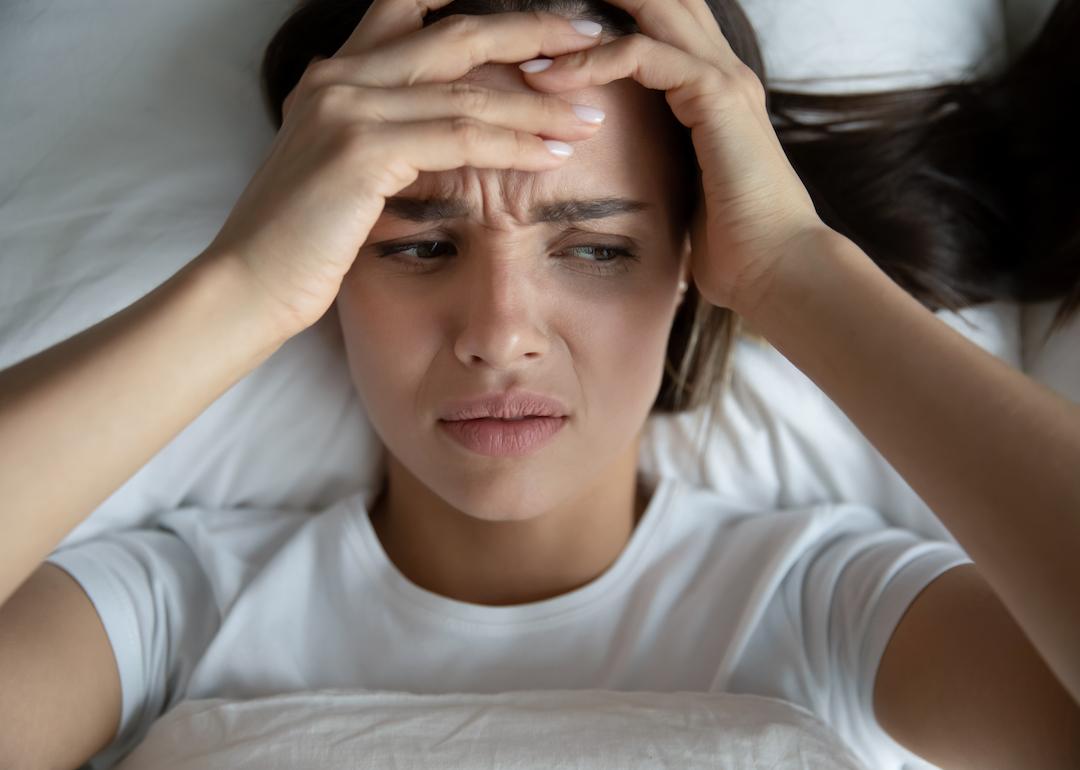
Goosebumps and other bodily reactions, explained
The human body is full of all kinds of quirks. It makes confusing sounds seemingly out of nowhere. It jerks and jolts right before falling asleep or as the temperature changes. It yawns merely by reading the word "yawn" or seeing someone else do it.
These reflexes and involuntary responses reveal how little control people have over the way their bodies function. Understanding why some of these bodily reactions occur can give clues about things the body may need at a moment in time. For example, an athlete might get a cramp on the side of their ribs on a long jog when they're fatigued. The body is telling them to reduce the intensity of their physical activity.
Other reactions offer insights into how humans have evolved to survive in many environments throughout history. The body shivers to keep warm in cold weather. Fingers and toes get wrinkly in aquatic environments to help people grip tools without slipping. Environmentally stimulated responses like these show just how dynamic and versatile the human body is for living in the Earth's many climates.
But despite knowing what's behind some of the quirks of the human body, biologists are still trying to figure out the explanations for other phenomena. Why do goosebumps cover people's skin when they're scared? Why do eyelids twitch randomly and uncontrollably? Why does the sun make some people sneeze? Sometimes it feels like there are more questions than answers for how the body works.
Stacker compiled a list of 15 strange bodily reactions and looked at news articles, government reports, and scientific research to understand the biology behind these phenomena. Read on to learn the explanations for the peculiarities of the human body and get the answers to some reactions you may have always been curious about.
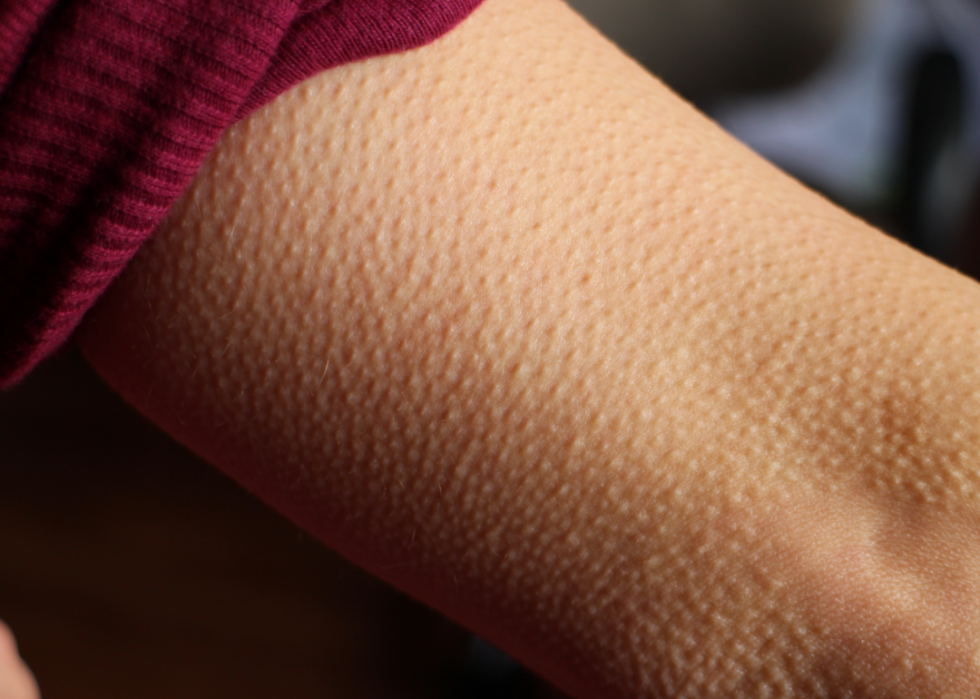
Goosebumps
People get goosebumps when they're chilly or experiencing extreme emotion, like shock or inspiration. This reaction is caused by the contraction of tiny muscles at the base of the hair follicles all over the body, which causes the hair to stand upright. This involuntary response may be nature's way of helping animals' bodies look larger and scarier in a threatening situation.
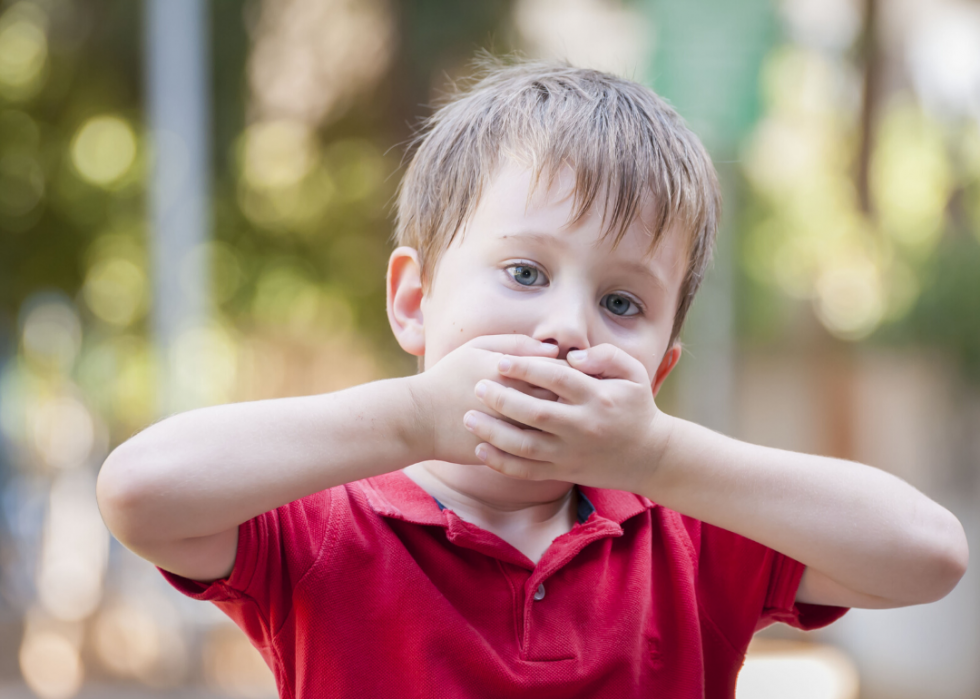
Hiccups
Hiccups are almost like a domino effect in the body. First, the diaphragm experiences a sudden and involuntary contraction. That causes the vocal cords to close, which then creates that "hic" yelping sound to come out of the throat. While hiccups can be a symptom of a medical disorder, they're generally the result of overeating, getting excited, or drinking too many bubbly beverages.
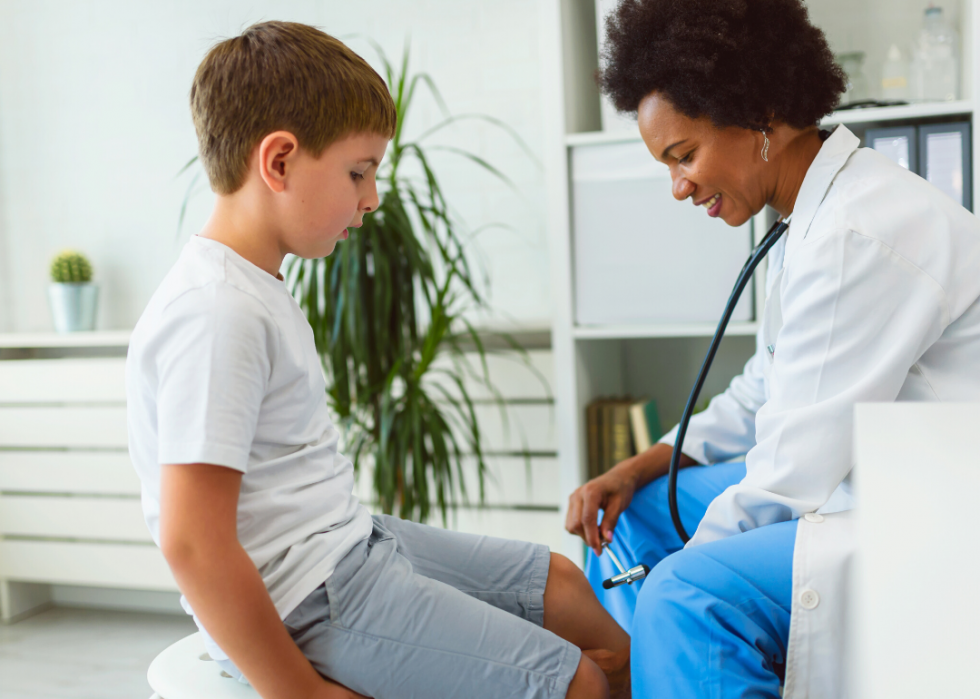
Knee-jerk reflex
A doctor taps a patient's knee with a tiny rubber mallet, and suddenly their leg kicks up. What's the deal with that? It's called a knee-jerk reflex. The tap of the hammer causes the patellar tendon to stretch, which then causes the spinal cord to tell the body to contract the thigh muscle in response. The reflex is important in helping with balance.
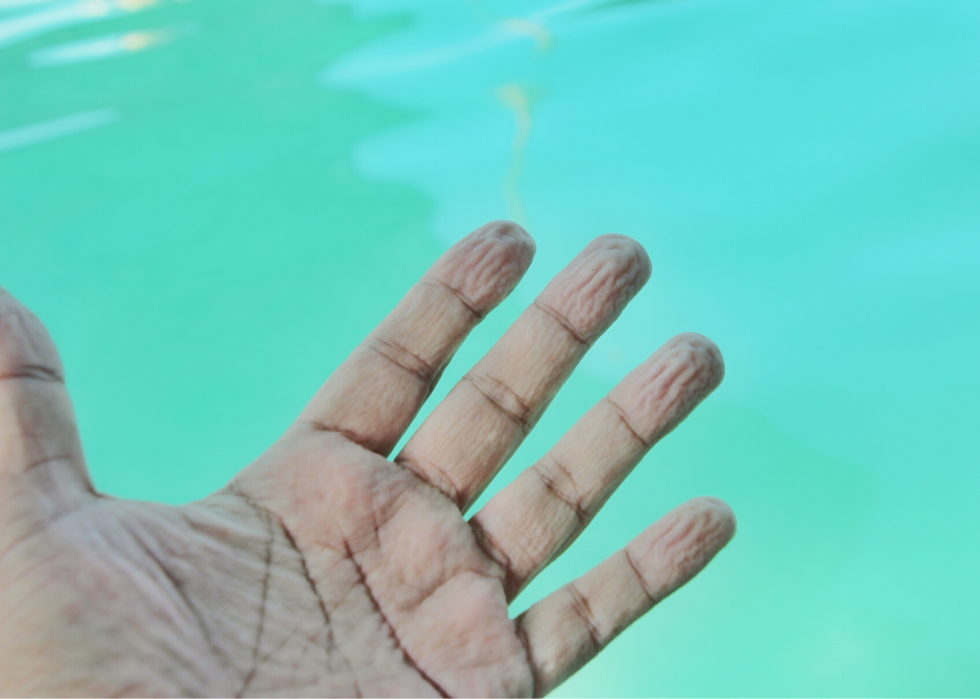
Wrinkly fingers in water
A long bath or day at the pool can cause fingers and toes to get super wrinkly. Researchers initially thought this condition occurred when the fluids in the body shifted when surrounded by water. However, experts now suspect that the reaction may be the body's way of improving the ability to grip objects when people are wet.
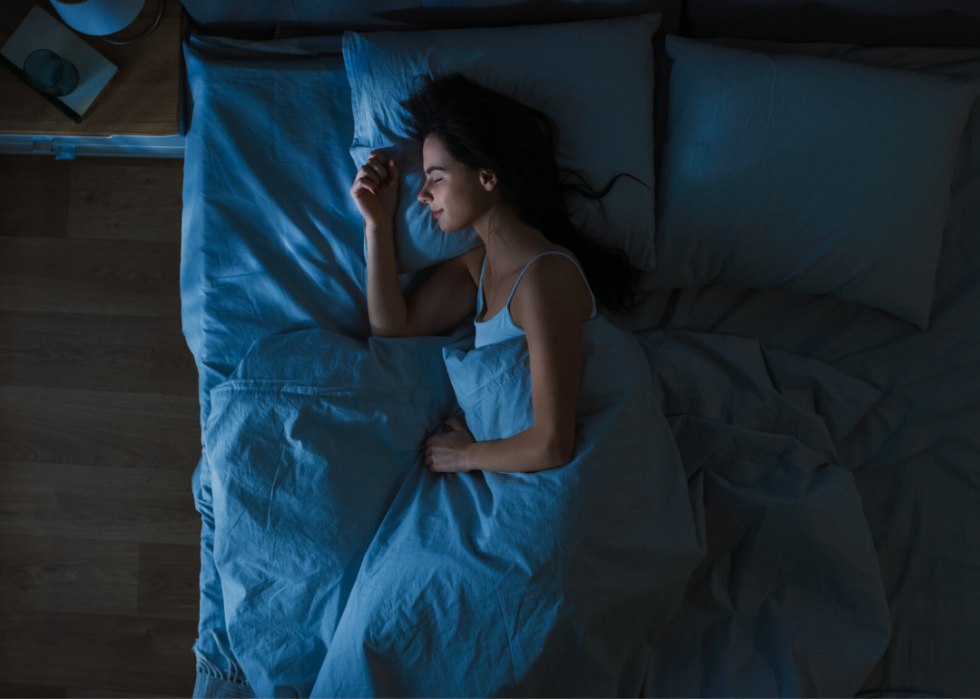
Hypnic jerks
Right before someone drifts off to sleep, they might suddenly experience the sensation of falling. Then, the body suddenly jerks and jolts them awake. The exact cause of hypnic jerks isn't known, but one theory states that the natural slow-down of the nervous system causes the body to twitch involuntarily.
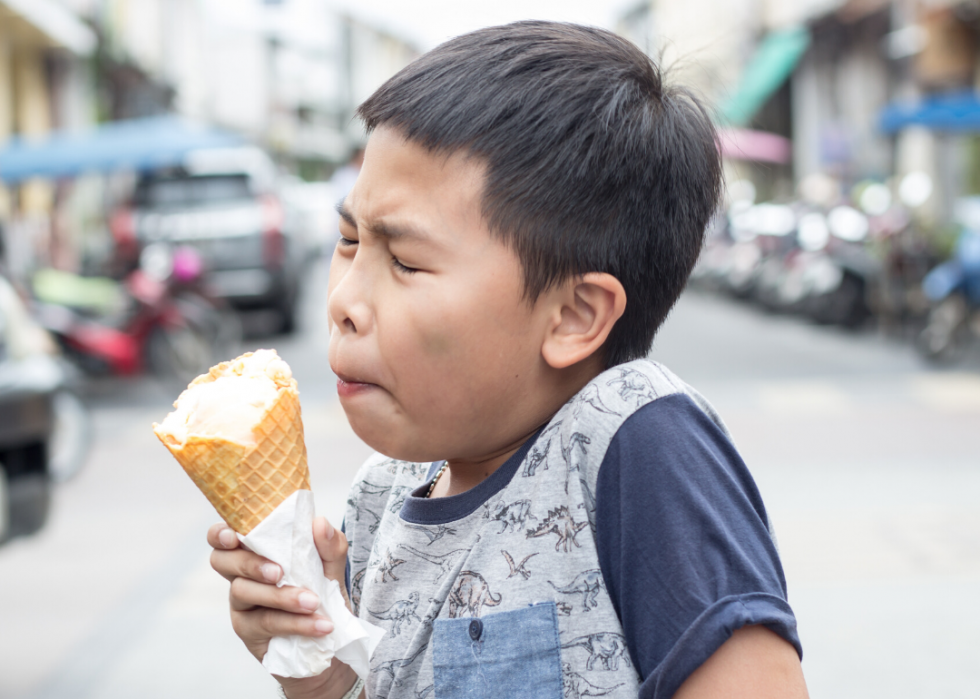
Brain freeze
Eating ice cream can take a turn for the worst when it induces the intense pounding of brain freeze. This pain occurs when cold food comes into contact with a group of nerves toward the back of your palate.
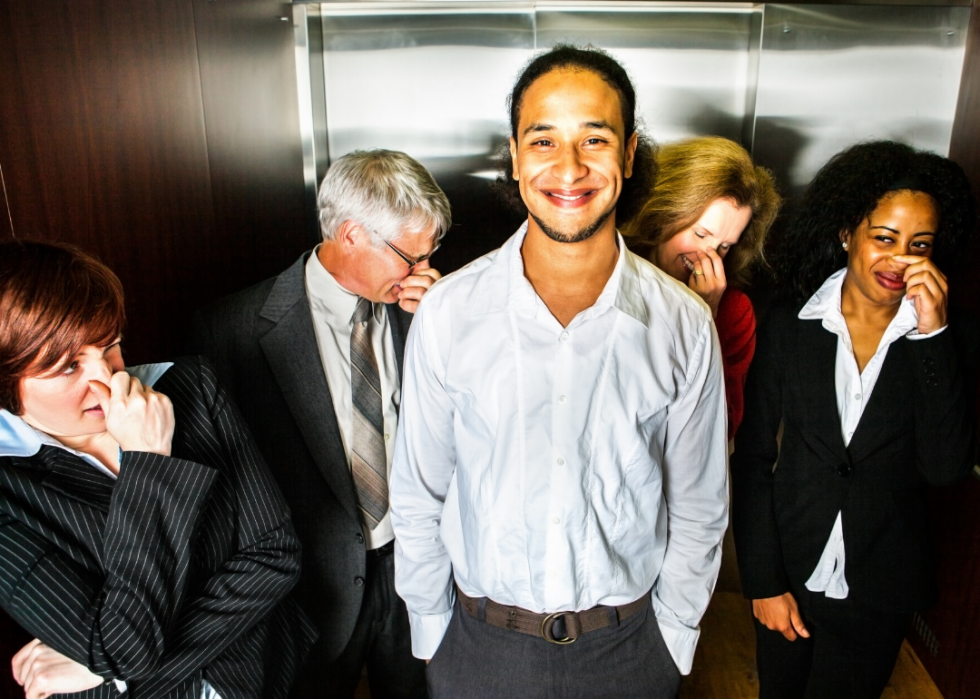
Fart
Gases in the digestive system get released from the large intestine as farts. These gases come from air ingested while eating, and those that get released as the body breaks down food. That pungent scent that accompanies the fart can be blamed on the combination of gases like methane, carbon dioxide, and hydrogen with other gases in the large intestine.
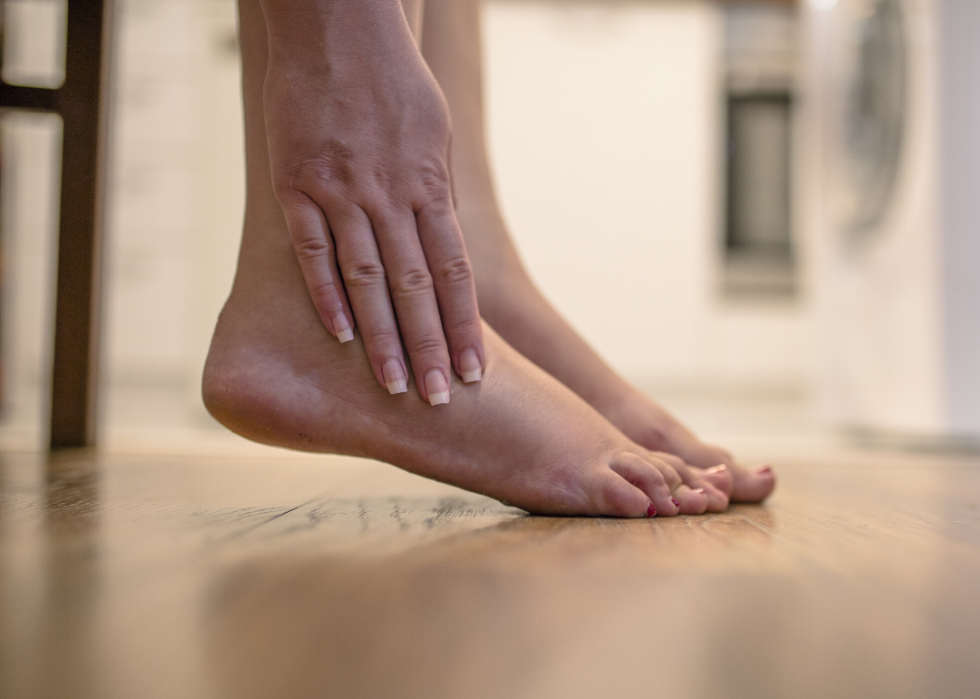
Pins and needles
That tingly feeling that happens when a body part "falls asleep" can often be blamed on putting the body in an awkward position. Perhaps someone was lying awkwardly or placing weight on a particular body part when they fell asleep. That may have cut off blood flow or put pressure on bundles of nerves. The resulting pins and needles feeling is the body's way of telling its owner to shift positions.
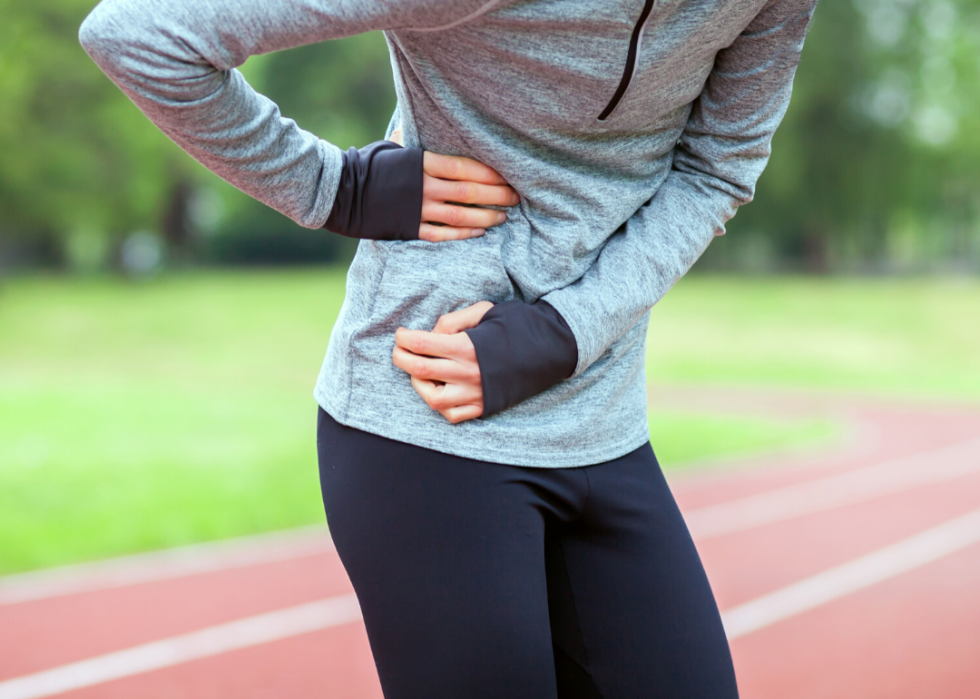
Side stitch
There are two theories to explain the sharp pain that strikes the side of the abdomen when going for a jog. One reason side stitches occur is a diaphragm spasm because of cramping and fatigue. Weak core muscles may also be to blame for these pains.
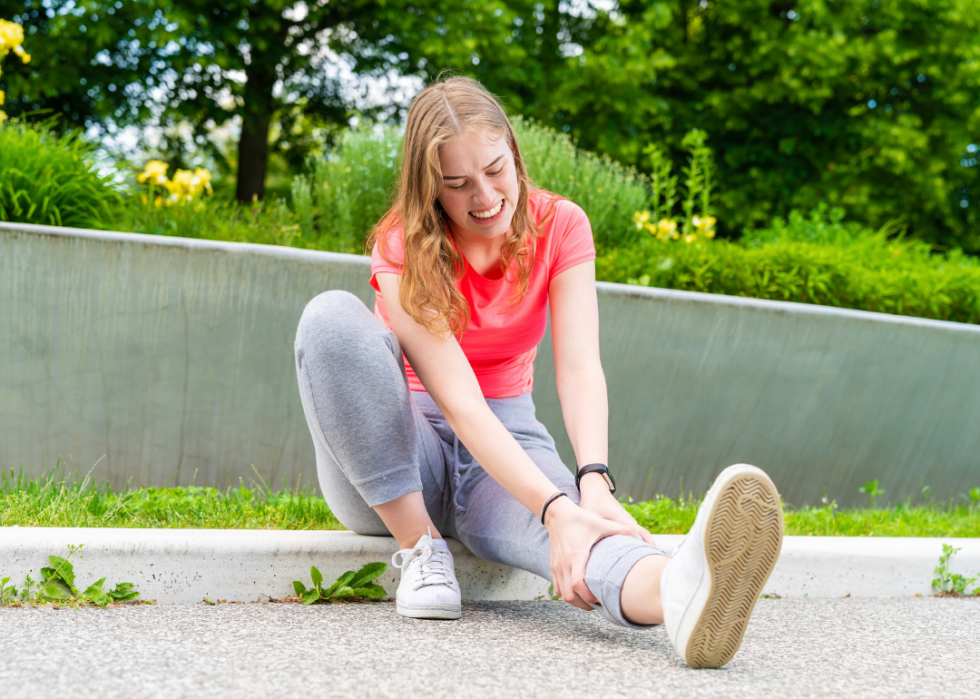
Charley horse
An intense cramp in the leg often referred to as a charley horse can happen if someone is dehydrated while exercising or they have low levels of key minerals, like calcium and potassium. These situations can irritate the nerves that connect muscles and cause a spasm.
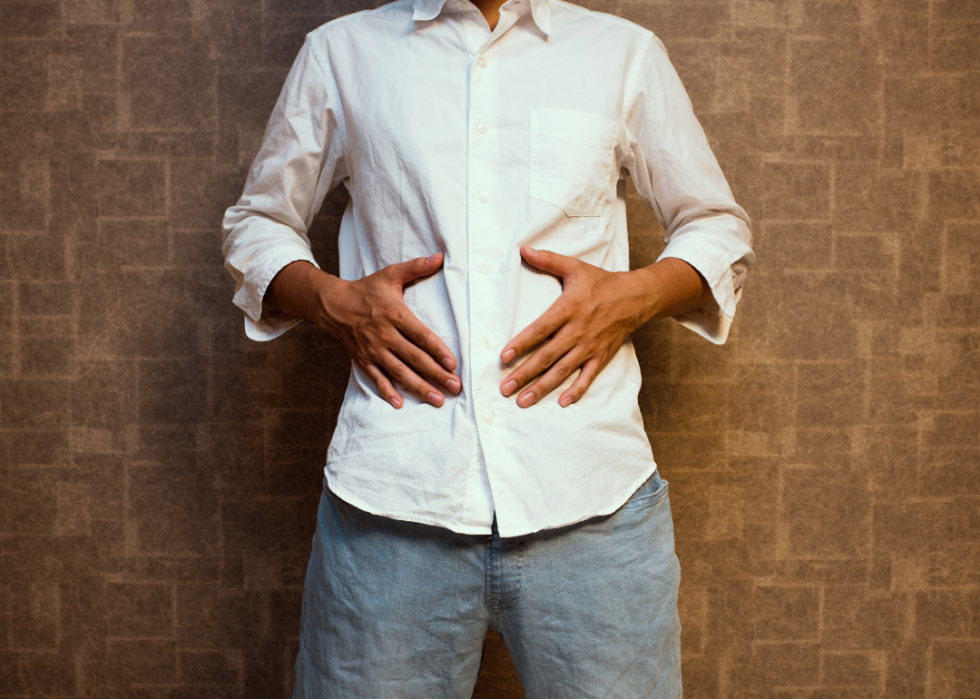
Stomach growls
When there's been nothing in the stomach or small intestines for about two hours, they contract through electrical activity reflexes to clear out any lingering materials that might attract bacteria. This creates vibrations throughout the gastrointestinal tract that produce that audible rumbling noise just before lunchtime.
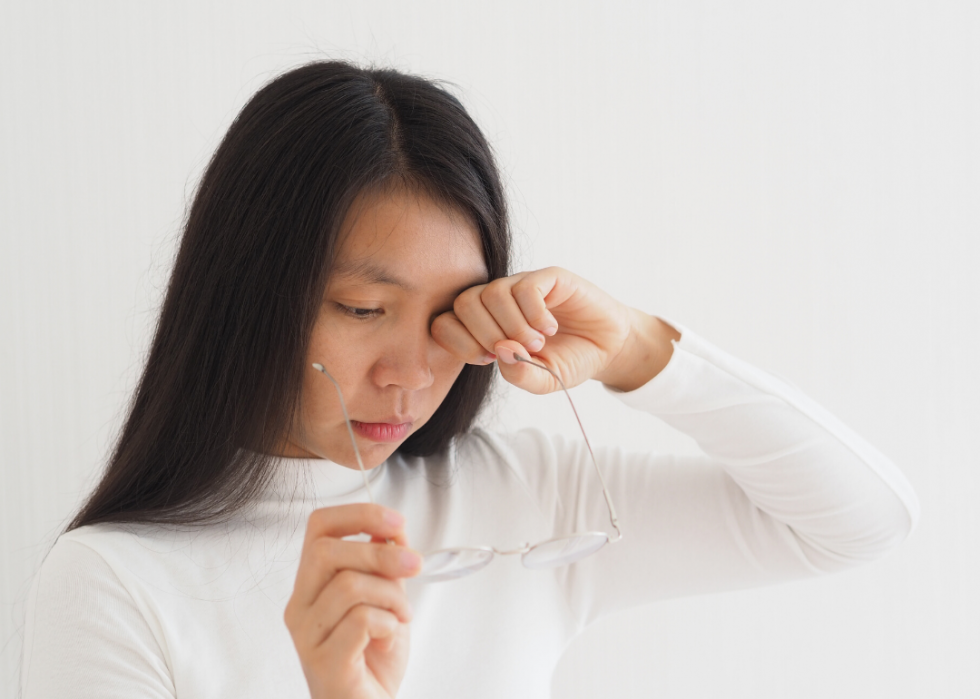
Eyelid twitching
Researchers aren't sure why eyelids twitch from time to time. These little spasms are generally harmless and may be related to drinking too much coffee, feeling fatigued, or experiencing stressful situations.
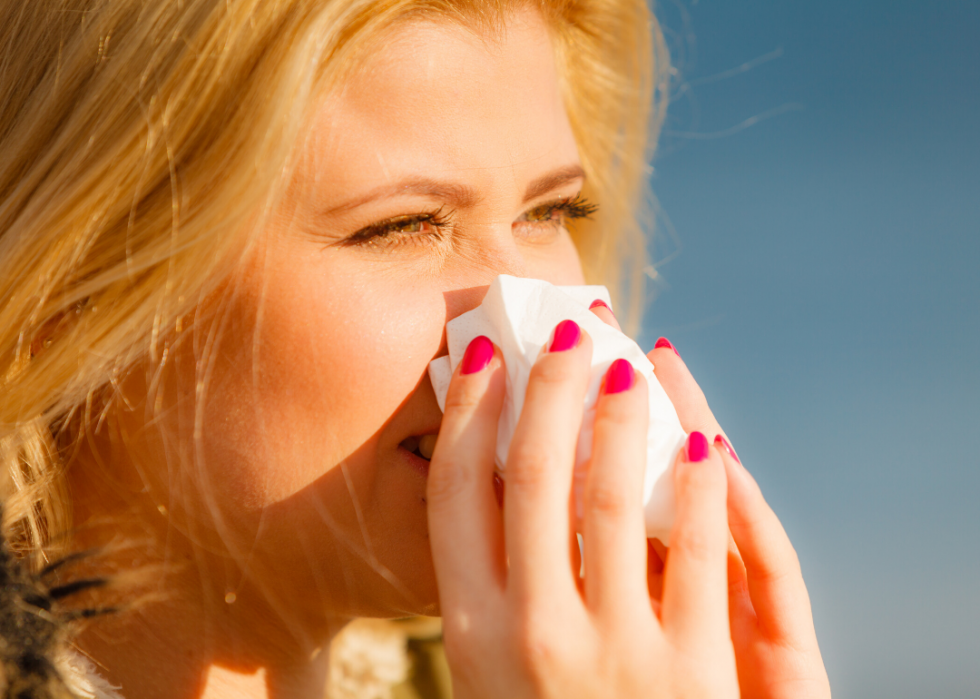
Photic sneeze reflex
Some people sneeze just by looking up at the sun or bright light. A relatively common disorder that affects 10% to 35% of the population is responsible for light-induced sneezes. Scientists think the disorder causes the signals between nerves in the face and in the eye to cross, resulting in a sneeze.
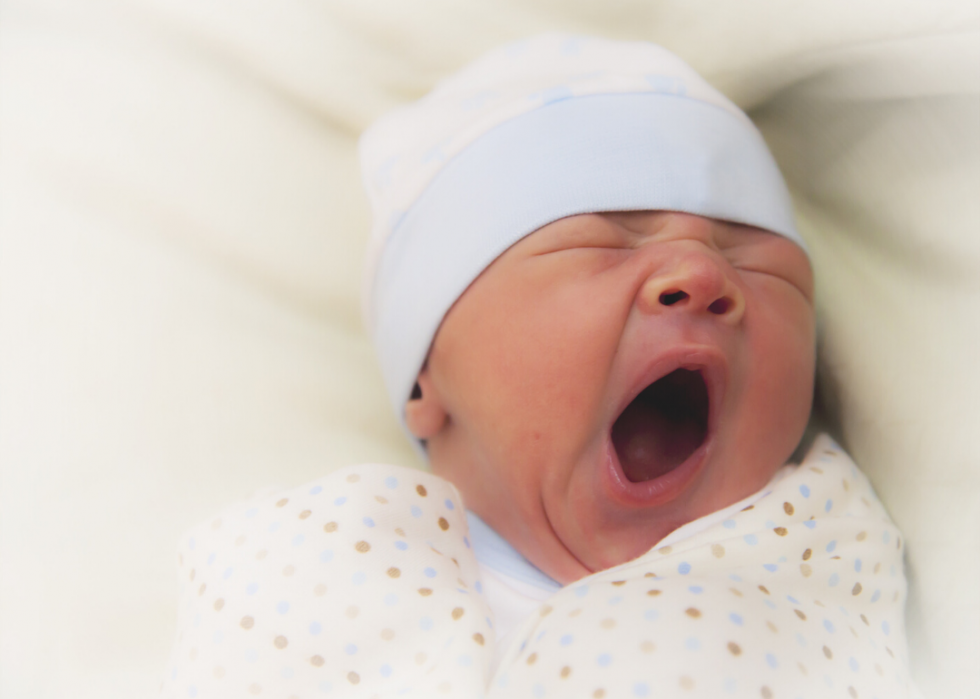
Yawns
Researchers used to think yawning was the body's way to receive a large amount of air and pump the body with some extra oxygen. Now, a new theory suspects that yawns cool the brain and make people more alert.

Shiver
When the temperature plummets, people's skin receptors signal to the brain that it needs to warm up the body. The brain then tells the muscles to expand and contract in quick little bursts (or shivers) to boost the body's internal temperature.



